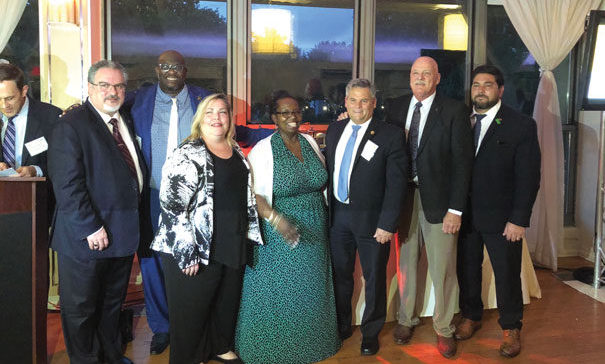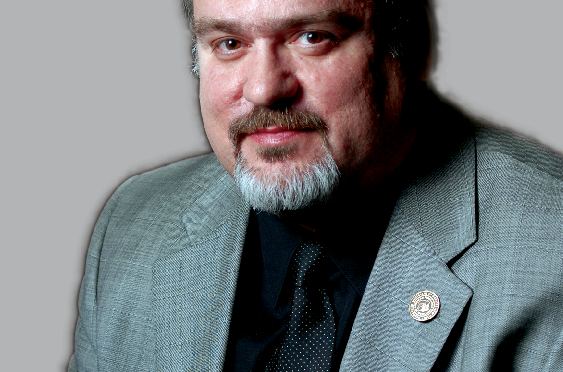I am very happy to report that the new revenue stream from online interactive digital distribution bargained by the Federation in 2017 is paying real dividends. A recent report from the Sound Recording Special Payments Fund reflects that this revenue is now more than $1.5 million, which translates to an additional $250,000 available for distribution from the Music Performance Trust Fund (MPTF). This new revenue stream has brought the MPTF back from the dire straits in which the fund found itself just a decade ago.
The newly revitalized MPTF is a valuable resource that locals across the country can take advantage of by pursuing projects and partnerships with community organizations for events that meet the guidelines for MPTF grants. Among the possible projects are educational programs, park concerts, and music festivals. Free to the public events are perfect for the mission of the MPTF and offer our locals the opportunity to strengthen relations with diverse constituent groups in their municipalities and regions.
From an organizational and recruitment perspective, MPTF projects open the door for local officers to connect with musicians performing within their local jurisdiction. They will be able to discover what bands are popular and drawing big audiences in the local clubs and whether or not they have a connection to the union. If not, local officers can provide them with information and guidance about tapping into MPTF resources. This can be an effective introduction to what our union can do for them. By building a local MPTF event, such as a music festival, you are not only creating real relationships with the communities you serve, but also offering meaningful opportunities for local musicians to perform, all under an AFM agreement.
Many public events are funded in part by grants from state and local arts councils. Approaching organizations that rely on such public funding with an offer to bolster their events with musical groups offering diverse styles of music, along with 50% funding for the musicians employed, will get their attention. AFM President Ray Hair’s February 2019 President’s Message in the IM goes into further detail on these types of community-based organizations. I urge everyone to take a look.
The reinvigoration of the MPTF provides all AFM locals with a real opportunity to build bridges and create authentic connections, not only with our communities, but also with the musicians who call those communities home. Regardless of genre—jazz, classical, hip hop, folk, rock or any of the other genres in which our members expresses themselves—nothing brings people together like live music.
I have been asked by President Hair to help connect with locals that may have been missing out on the wonderful resource available to them from the MPTF. My goal is to support your efforts in this regard, whether they involve finding ways to make existing projects fit within MPTF guidelines or developing new and creative initiatives that advance the mission of the MPTF and enhance your local community. Email me at tgagliardi@afm.org. I look forward to working with you to help you remind your communities of this fundamental truth: Live music is best!








